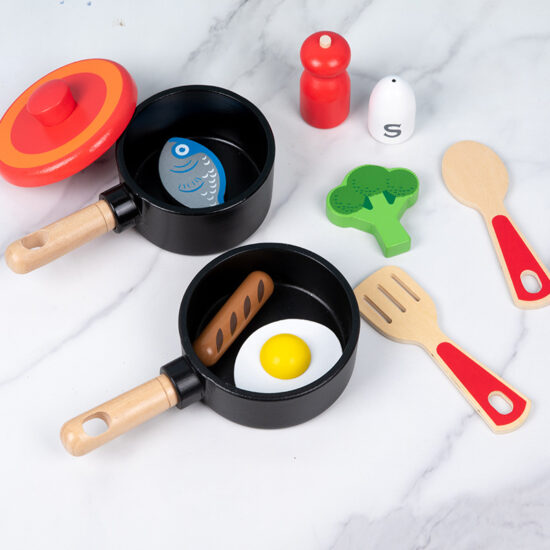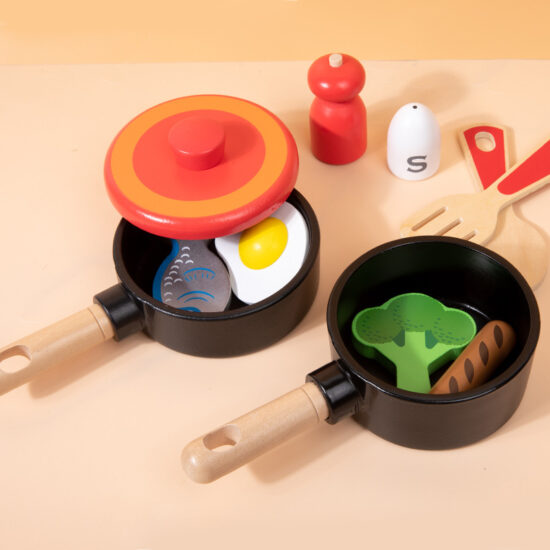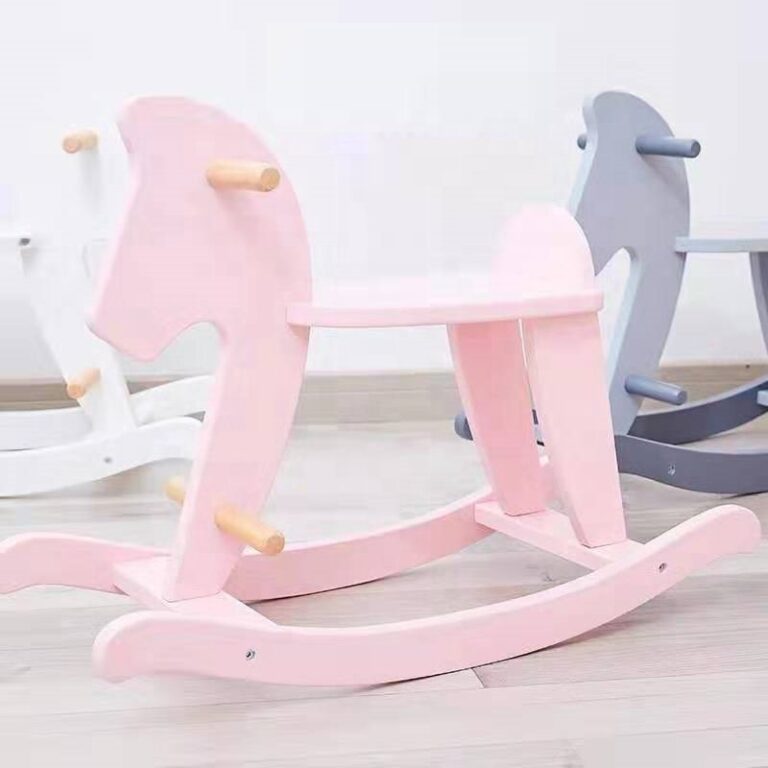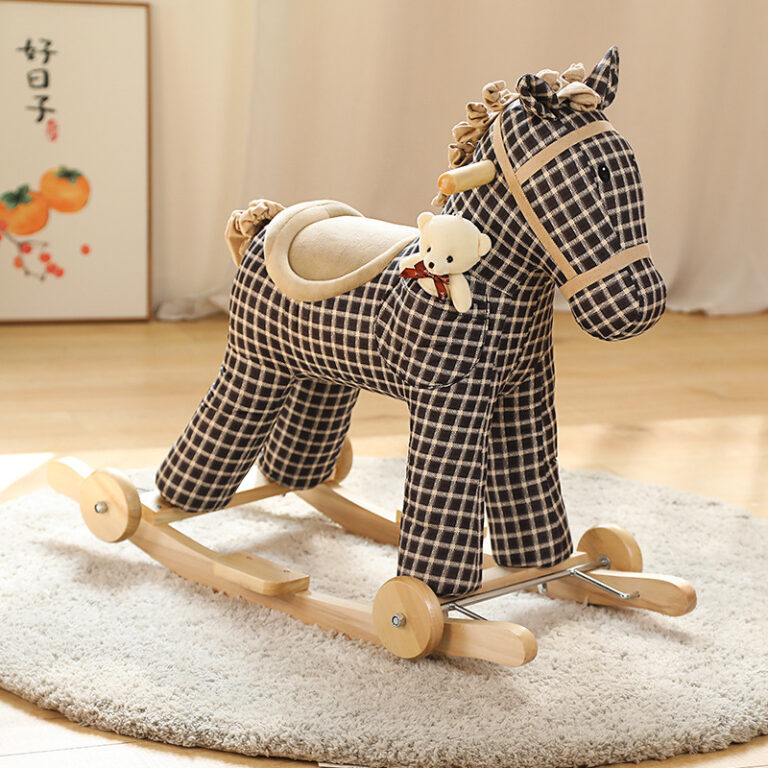jay@nbdho.com
Key Custom Toy Needs for Schools & Learning Centers
Educational institutions, including schools, daycare centers, and learning facilities, often seek custom toys to enhance learning experiences while ensuring safety and engagement. These toys must meet specific criteria to align with educational goals and child development needs. Below are the most common requirements:
1. Safety & Compliance
Safety is the top priority. Toys must comply with international standards like ASTM F963, EN71, or CPSIA. Non-toxic materials, rounded edges, and choke-proof designs are essential. Institutions also prefer hypoallergenic and BPA-free materials to protect children’s health.
2. Educational Value
Custom toys must support learning objectives, such as STEM (Science, Technology, Engineering, Math), language development, or fine motor skills. Examples include puzzles for problem-solving, building blocks for creativity, and interactive toys for sensory development.
3. Durability & Longevity
Since toys are used frequently, they must withstand rough handling. High-quality plastics, reinforced stitching for plush toys, and waterproof coatings are often requested. Institutions prefer toys that remain functional for years, reducing replacement costs.
4. Customization for Age Groups
Toys must cater to specific age ranges (e.g., toddlers, preschoolers, elementary students). For younger kids, larger pieces and simple mechanics are preferred, while older children benefit from complex, challenge-based toys.
5. Inclusive & Adaptive Designs
Many institutions seek toys that accommodate children with disabilities, such as textured surfaces for visually impaired kids or easy-grip handles for those with motor challenges. Gender-neutral colors and multicultural themes are also in demand.
6. Eco-Friendly Materials
Sustainability is increasingly important. Schools favor toys made from recycled plastics, organic cotton, or biodegradable materials. Non-toxic, water-based paints and minimal packaging are also preferred.
7. Interactive & Tech-Integrated Features
Toys with augmented reality (AR), QR codes for learning extensions, or programmable components (like robotics kits) are gaining popularity. However, screen-free options remain essential for younger age groups.
8. Easy Maintenance & Storage
Toys should be easy to clean (wipeable or machine-washable) and stackable for efficient storage. Modular designs that save space are highly valued.
9. Budget-Friendly Options
While quality is key, educational institutions often work with limited budgets. Suppliers offering bulk discounts or multi-functional toys (e.g., a puzzle that also teaches math) are preferred.
10. Branding & Personalization
Some schools request custom logos, colors, or themes (e.g., school mascots) to foster a sense of belonging. Personalized name tags or engraved learning tools are also common.
By meeting these requirements, toy manufacturers can create products that align with the evolving needs of educational institutions while supporting child development and engagement.





